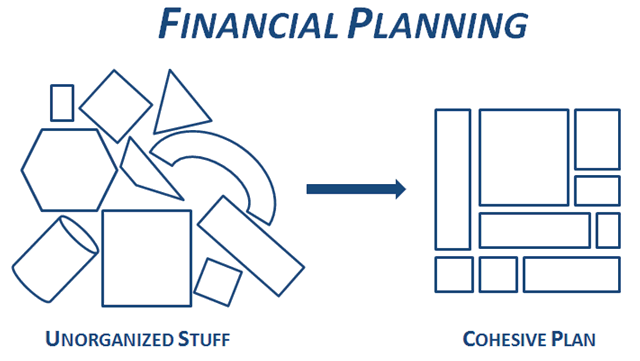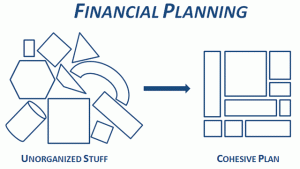Financial Planning – From Pile to Plan
Jun 3, 2014 • Written by Paul Staib | Certified Financial Planner (CFP®), MBA, RICP®
Blog Home » Financial Planning » Financial Planning – From Pile to Plan

A few years ago, I met with a super nice lady I’ll call Eileen. Her husband had passed away, and she needed help. She had pile of paperwork that represented her financial life, but had no idea what it meant. She came into my office with a box stuffed full of investment statements, tax records, insurance policies, trust documents, and other financial information.
I remember the box, the pile of papers, and I’ll never forget the anxiety she brought with them.
After we spent some time together, it was clear that she had plenty of money. I think she knew it, but because everything was so unorganized, she was worried.
Eileen’s situation certainly is not unique; many of us share this same anxiety.
Because most of us are so busy, it’s rare that we get the time, or have the desire when we do have the time, to think about all the stuff that makes up our financial lives in a comprehensive way.
So we collect stuff.
At first it might just be the 5-star mutual fund we hear about, but soon we have accumulated old 401(k) accounts, various life insurance policies, a few shares of some utility stock we inherited from our grandparents, and an old trust document. Left unabated over time, we end up with a giant mess and it becomes clear that nothing works together in any discernible way.
Financial planning is the process of bringing order to that pile of stuff. It’s the process of helping people clarify their values and goals, making sense of them in the context of their lives, and then designing and implementing a plan to get them there. The entire process can be represented by this illustration.
I think this diagram just might be the perfect way to illustrate what we do for people. We take unorganized stuff and transform it into a cohesive plan. Part of this process is eliminating the unnecessary, ineffective items (could be products such as investments or insurance policies, and/or it could be behaviors), replacing them with alternatives which better suit and meet the requirements.
The process could be applied to any number of situations, including the development of a comprehensive financial plan, an investment plan, or a detailed retirement plan. In all cases the focus is on making sure all of the components not only work together, but also match our goals.
This diagram has become the best summary I know and use for explaining what a financial advisor does. We take the pile and turn it into a plan.

Paul Staib | Certified Financial Planner (CFP®), MBA, RICP®
Paul Staib, Certified Financial Planner (CFP®), RICP®, is an independent Flat Fee-Only financial planner. Staib Financial Planning, LLC provides comprehensive financial planning, retirement planning, and investment management services to help clients in all financial situations achieve their personal financial goals. Staib Financial Planning, LLC serves clients as a fiduciary and never earns a commission of any kind. Our offices are located in the south Denver metro area, enabling us to conveniently serve clients in Highlands Ranch, Littleton, Lone Tree, Aurora, Parker, Denver Tech Center, Centennial, Castle Pines and surrounding communities. We also offer our services virtually.
Read Next
New Year’s Financial Resolutions: Get Your Finances in Shape
• Written By Paul Staib | Certified Financial Planner (CFP®), MBA, RICP®
Many people make resolutions on New Year’s Day. But no matter what your resolutions are, the key isn’t making the list, it’s…
The Importance of Beneficiary Designations
• Written By Paul Staib | Certified Financial Planner (CFP®), MBA, RICP®
We pay good money to estate planning attorneys to draft trusts and wills. We deliberate over which loved ones are…

